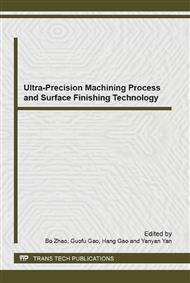p.253
p.257
p.262
p.266
p.270
p.274
p.278
p.282
p.286
Rapid Prototyping Combined with Finite Element Technology in the Application of the Intertrochanteric Fracture
Abstract:
Based on the patient’s CT data, a three-dimensional fracture model was established, meanwhile a solid model of equal proportions with the rapid prototyping machine was built. Depending on completely knowing the condition of damage, surgeons made different operational plans and simulated the reset of the fracture on the solid model. In addition, according to the fixed schemes and positions of resetting simulation, the femoral nails were fixed in Imagware and simulations was done on the loading condition with single leg in Abaqus. By simulating the physical models of fracture resetting, surgical techniques has been improved. Through comparing the simulate results of different types of femoral nails, the reasonable program of implant was determined. The accuracy and validity of the model programs were verified by intraoperative and postoperative follow-up. Thus a more feasible surgical program method was established.
Info:
Periodical:
Pages:
270-273
Citation:
Online since:
October 2014
Authors:
Price:
Сopyright:
© 2014 Trans Tech Publications Ltd. All Rights Reserved
Share:
Citation:


